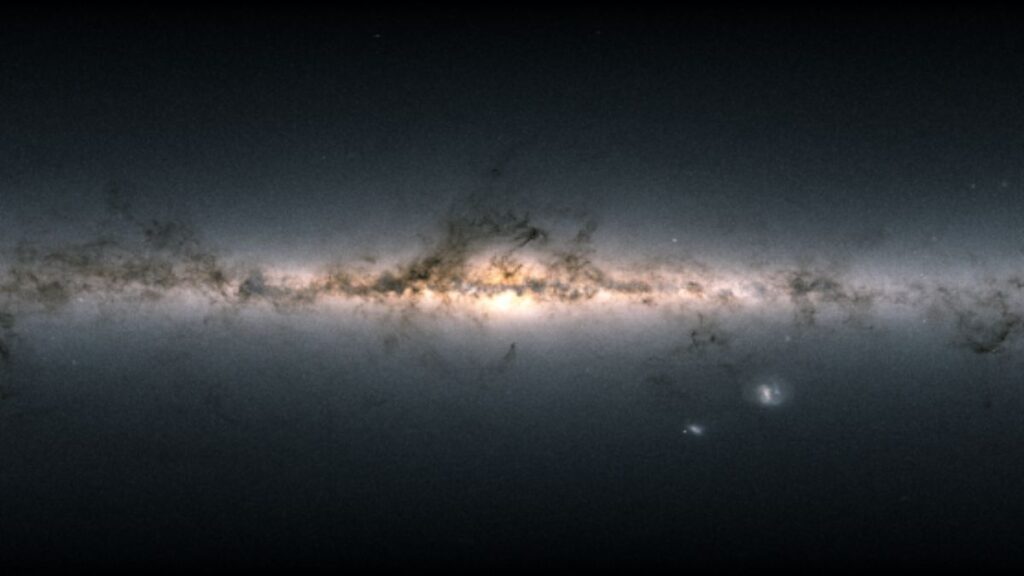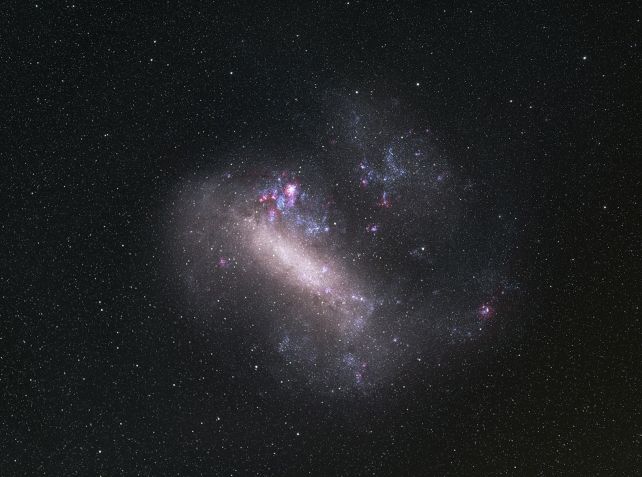Astrophysicists recently developed one supermassive black hole in the Magellanic Cloud identified that a mass of 600,000 solar masses has. This discovery, made by Jiwon Jesse Han and his team from the Harvard & Smithsonian Astrophysics Institute, confirms that this celestial object exists on a Collision course with our galaxy, which is expected in about 2 billion years. The observed anomalies in the star-like speed were crucial in locating this fascinating object.
The most important information
- Discovery of one supermassive black hole in the Magellanic Cloud with a mass of 600,000 solar masses.
- Confirmed Collision course with the Milky Way.
- Discovery carried out by Jiwon Jesse Han and his team from Harvard & Smithsonian Astrophysics Institute.
- Future influence with one Merger process, which is between this black hole and Sgr A* is expected.
Discovery of a supermassive black hole
Astrophysicists have recently discovered one supermassive black hole confirmed in the Magellanic Cloud, a neighboring companion of our galaxy. This black hole, estimated to have a mass of 600,000 solar masses, represents a significant advance in the understanding of cosmic structures and their evolution.
Confirmed collision course
It was revealed that this black hole is located on a Collision course with the Milky Way. This discovery was made by Jiwon Jesse Han and his team Harvard & Smithsonian Astrophysics Institute made, which has been notable for remarkable observations of stellar velocity anomalies that often indicate the presence of such massive objects.
Difficulties in observing black holes
The black holes are often difficult to observe due to their nature. It turns out that they are rarely discovered without interacting with matter. It is precisely this interaction that makes their study possible: When stellar objects pass nearby, gravitational disturbances can be observed, which provide valuable clues to their existence.
Hypervelocity stars and gravitational interactions
Some of the research focused on Hypervelocity stars, whose motion indicates gravitational interactions with black holes. These stars move at extremely high speeds and can witness the intense gravitational activity that these black holes exert on their surroundings.
Collision and merger in the future
It was also found that the Magellanic Cloud will collide with the Milky Way in about 2 billion years collision is. This merger could cause the Magellanic Cloud black hole to merge with Sgr A*, the central black hole our galaxy, which could potentially result in catastrophic cosmic events.
Black hole growth process
The researchers also shed light on this Growth process of black holes, which occurs through the accretion of other masses. This mechanism is fundamental to understanding how black holes reach such gigantic sizes over time, thereby driving their evolution within galaxies.
Future research approaches
Ultimately, there are promising prospects for the future research which aim to confirm the existence of the discovered black hole. Astronomers will continue to use modern observation and analysis techniques to better understand the details of this discovery and examine its implications for our understanding of the universe.








